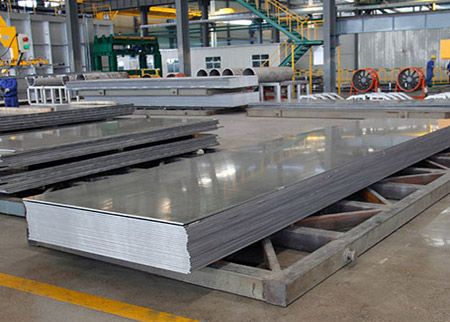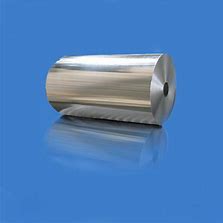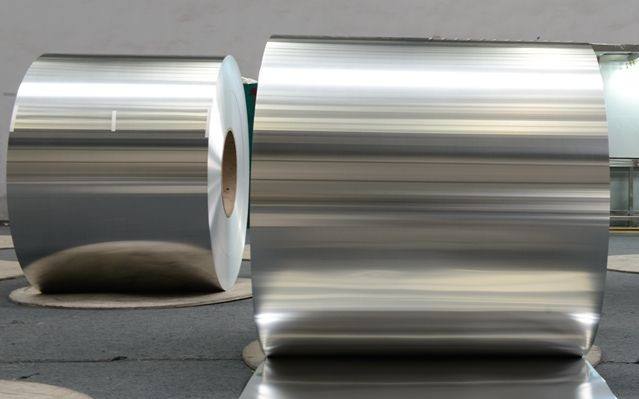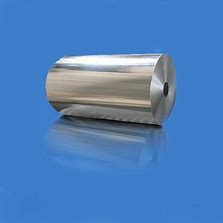



What is stress in aluminium alloy materials?
In the mechanical world, stress is a measure of the internal force caused by particles within a material exerting pressure on each other. The term used to measure this stress is called strain, and it indicates the amount of deformation caused by internal stresses in, for example, an aluminium alloy material. It is important to note that even if the stress itself is internal, the pressure exerted on the material may be external, such as a metal bar supporting the weight of another object. If that object is so heavy that the stress is overwhelmed, internal deformation of the aluminium alloy may occur.
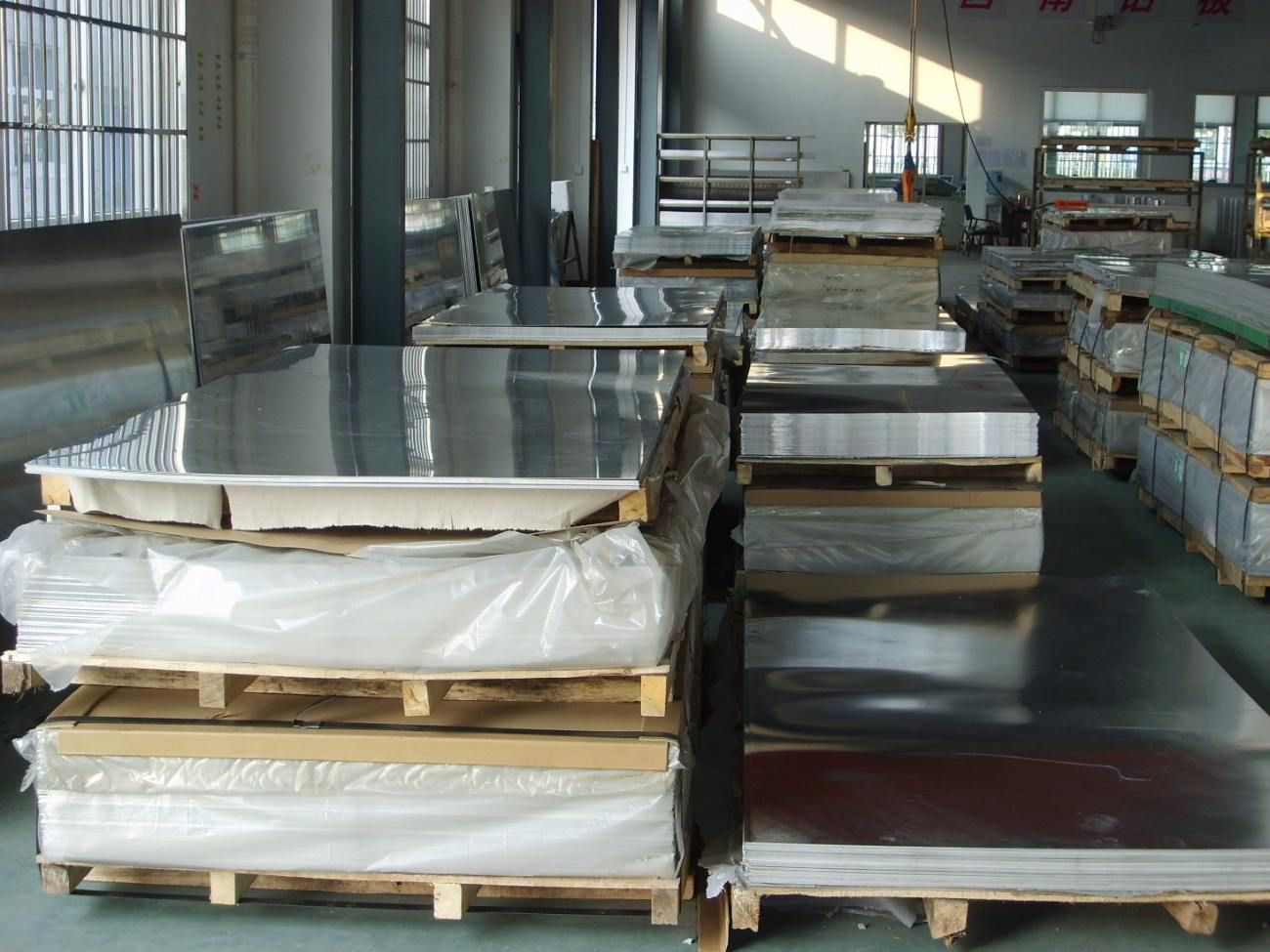
Strain within the material may be caused by a variety of mechanisms. These may include stresses applied by external forces to the body of the aluminium alloy material (e.g. gravity) or to the surface of the material (e.g. contact forces, external pressure, friction). A common form of stress includes residual stresses, which are usually left behind after the manufacturing process. Residual stresses can cause alloys to be more susceptible to distortion, corrosion and metal fatigue. Structural stresses determine the extent to which the tensile strength of an aluminium alloy material can be maintained under the forces and conditions applied. Thermal stresses are also generated due to extreme temperature changes that cause the metal to expand and contract.
* Thank you for your inquiry. Please provide your business needs information so that we can better serve you.
This information can help us assign the most suitable person to solve your problem. We will give you feedback within 1-2 working days.
Related Blog
